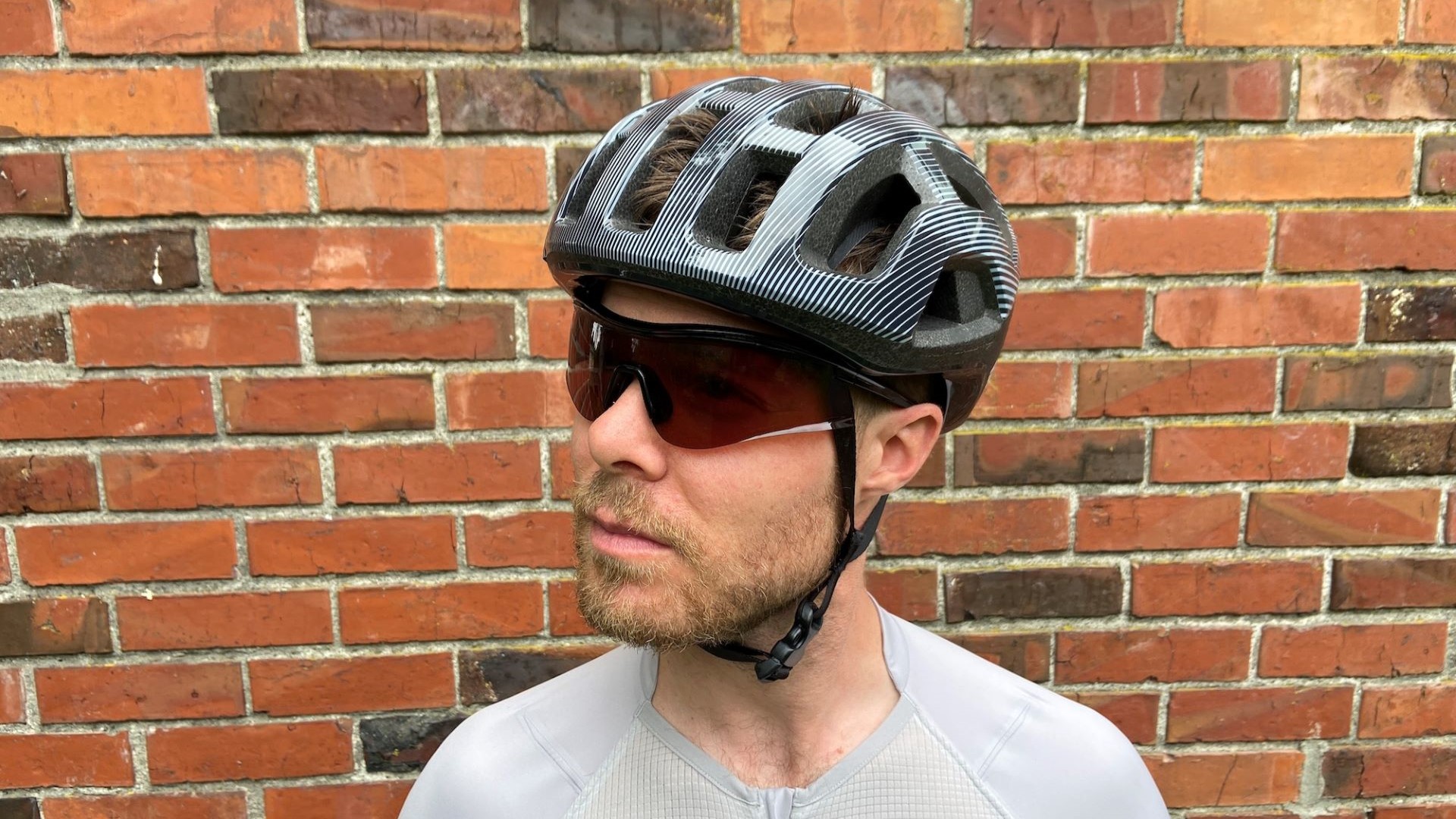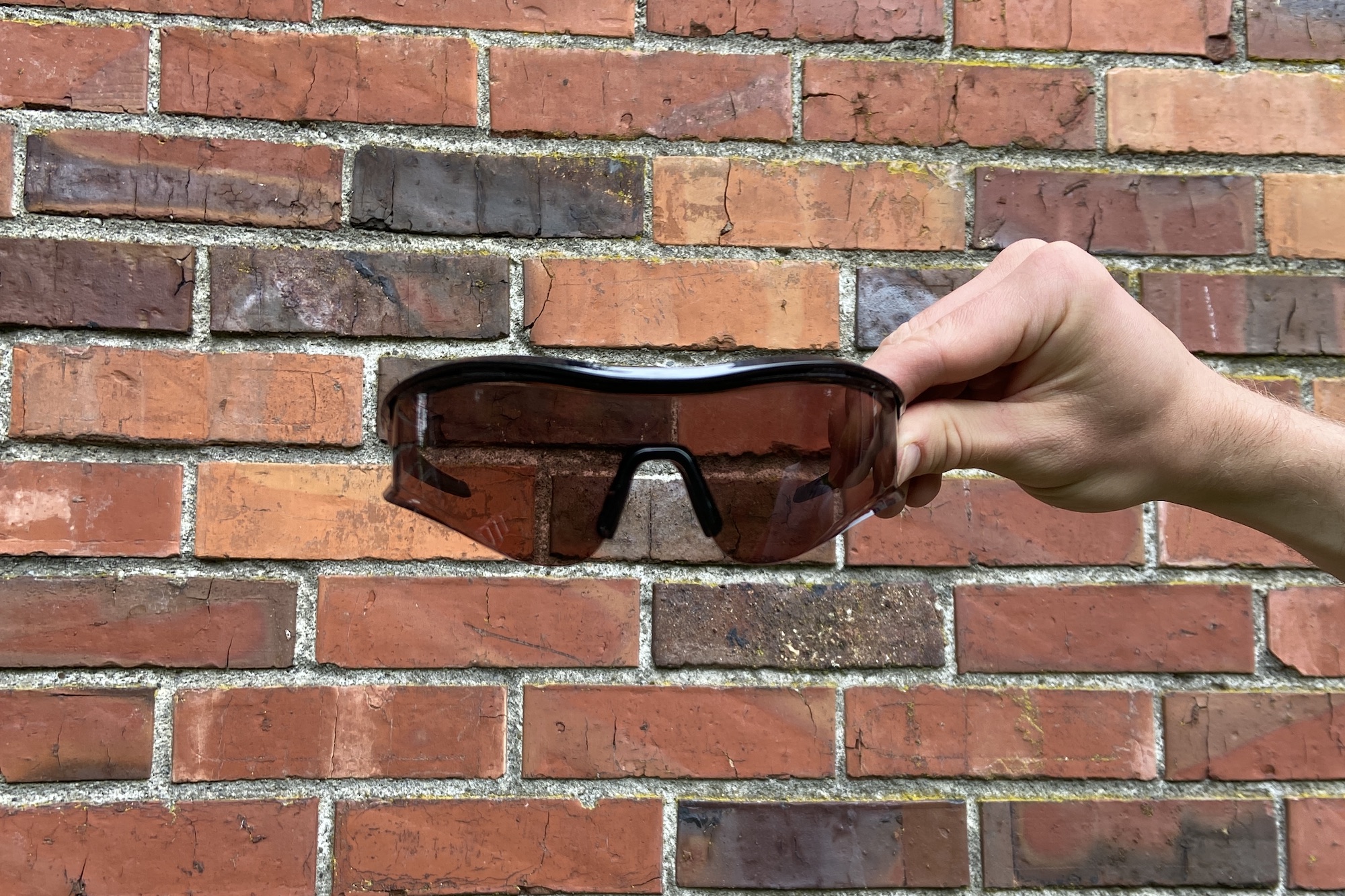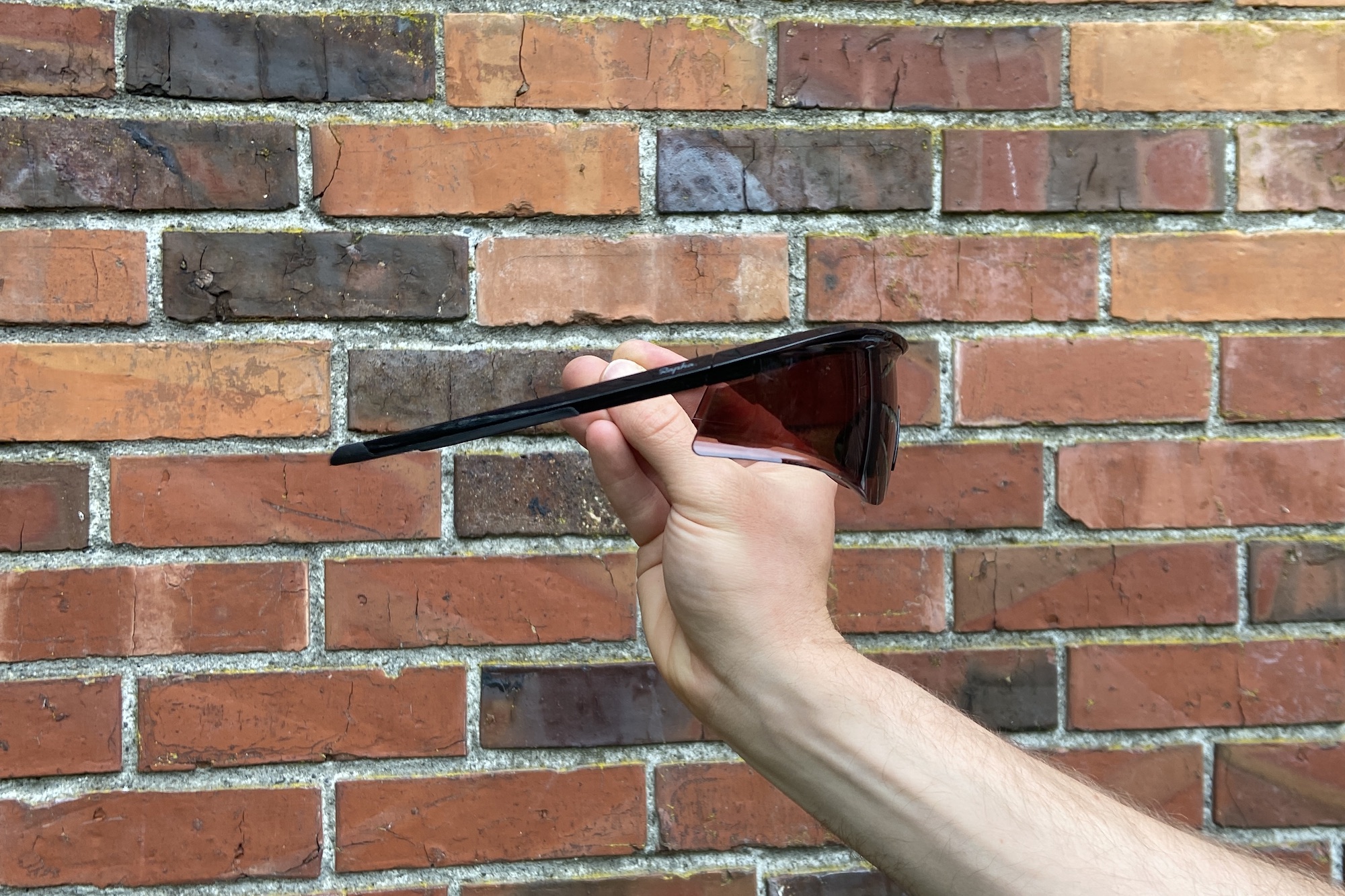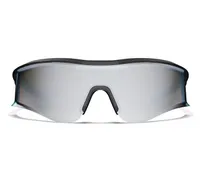Rapha's Reis sunglasses might polarise opinion, but at least they're unique
As one of three new eyewear offerings, Rapha’s Reis sunglasses are impressively light and offer lenses for a wide range of conditions

Rapha brings some flair to the sunglasses market with new looks for 2024. The Reis is a half-frame model that weighs just 27 grams and offers an impressive field of vision. Bio-based materials are a neat addition to these polarized, and possibly polarizing, shades.
-
+
Lightweight
-
+
Good optics
-
+
Unique aesthetic
- +
-
-
Possibly polarizing looks
-
-
Lack of adjustability
You can trust Cycling Weekly.

Sa Calobra Road (the Coll dels Reis) is a 9.5 kilometer long mountain pass on the Spanish Balearic island of Mallorca. As one of the most frequently attempted climbs of the popular training locale, it’s no surprise to see that the road has been attempted by over 140,000 Strava users. And the KOM? Currently held by none other than Tom Pidcock on the Ineos Grenadiers.
Clearly Rapha had some intent behind its choice of name, then for the newly released Reis sunglasses. They’re designed for performance riding and racing, with a lightweight, half-frame silhouette. The Reis is one of three new sunglass models released by the company.
Design and construction

The Reis glasses are offered in four different frame colors: Black, Black Mirror, Sedona Sage, and White. There are also four lens options—Yellow, Rose, Green, and Silver Mirror—designed for variable light conditions from winter dusk (Yellow, at 18% light transmission) to mid-summer sunshine (Silver Mirror, at 10% light transmission).
The frames are manufactured in Italy and use 62% “bio-based” content as part of the Rilsan G820 Rnew polymer. Lenses have anti-fog and anti-scratch finishes and have a hydrophobic coating. Weight is a competitive 27 grams, per my scale.
The retail price per pair of glasses is $205, and lenses alone are $80. Rapha offers half off a second pair of lenses if purchased with a pair of glasses.
Rapha provides dimensions via its website and also has a very helpful eyewear guide with multiple angles of each frame on different models to see how each pair of glasses fits on different face shapes. At 51 mm tall, the Reis is not as large as many of the oversized glasses currently in vogue, but offers significant wrap-around coverage on the sides. The one-piece lenses have some outward flare at the edges where they sit near the temples.
Specifications

Colors: Black, Black Mirror, Sedona Sage, and White
Weight: 27 grams
Price: $205
Website: rapha.cc
The latest race content, interviews, features, reviews and expert buying guides, direct to your inbox!
On the road

The pair of Reis glasses I received for testing came in the Black/Rose configuration. The Rose lenses are intended for “Dull days to lighter spring skies,” which is quite apropos for Spring conditions here in the Pacific Northwest. I also received a second pair of Yellow lenses designed for lower light applications.
I’m always a little bit wary of breaking something when I futz around with sunglasses, but I found that changing the lenses was quite smooth. You first lift up the center of the frames to release them from the lenses, at which point the tabs at either end slide out comfortably. The nose piece slots into place easily and can be removed by pinching it together lightly. There doesn’t seem to be much adjustability to the nose pads, so where it sits on your face is where it stays, but I had no issues with this and found they stayed put on my head.
Optics are very good, with no apparent distortion. I did not notice the frames in my field of vision whatsoever. Though the Rose-colored lenses are intended for overcast conditions, I was comfortable with them even on brighter days.
I appreciated the close proximity of the frames against my face. It’s relatively consistent all the way from the bridge of the nose around the sides of the head which makes for a clean look and very good protection from wind, insects, or other debris. The flex in the arms allows for the glasses to fit a variety of face shapes, but they seem best suited to medium to wide faces.
Aesthetically, the Reis glasses won’t be for everyone. They have a sharp look that is exacerbated by the dip in the middle of the frames and upswept lens shape where it is aggressively concave above the cheekbones. Perhaps the picturesque curves of the Reis climb influenced the lines of these glasses. And while they are unique, they also remind me somewhat of the original Oakley M frames that were popular during the late 90s/early 2000s era of professional cycling. The Reis frames are definitely less goggle-like than many of the other sunglasses shapes that are popular currently, and it’s nice to see something a little bit unusual.
Value and Conclusion

Rapha’s new Reis glasses are light, offer very good optics, and have all the features one expects of contemporary racing sunglasses, with a bit of Rapha flair. At $205, they’re significantly less expensive than Oakley’s Kato glasses (MSRP $328), with which they share several attributes. The market has skewed decidedly towards large, full-frame models, so it’s nice to see Rapha put out something a little different.

Tyler Boucher is a former (and occasionally still) bike racer across several disciplines. These days, he spends most of his time in the saddle piloting his children around in a cargo bike. His writing has appeared in magazines published in Europe, the UK and North America. He lives in Seattle, Washington.
